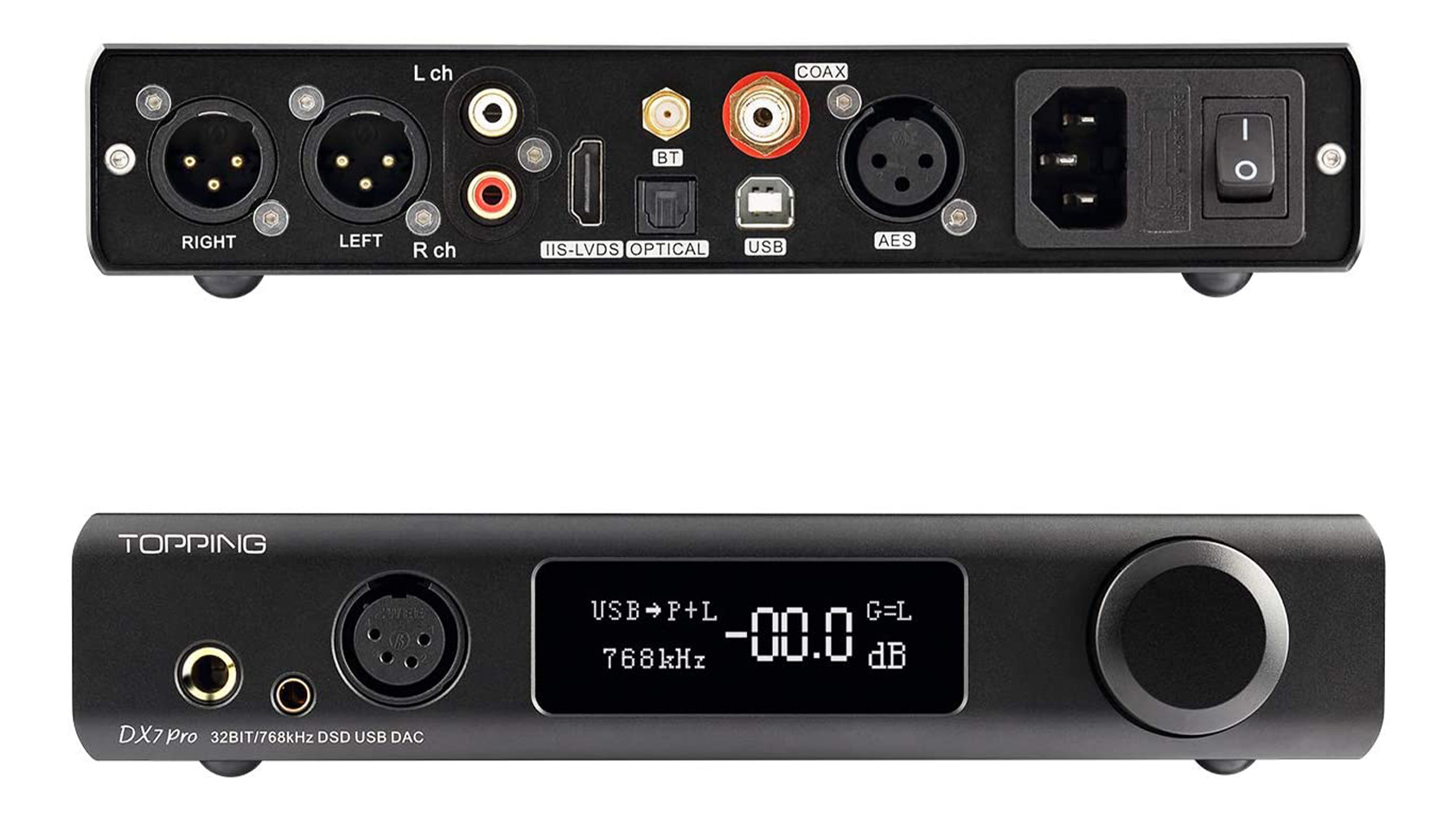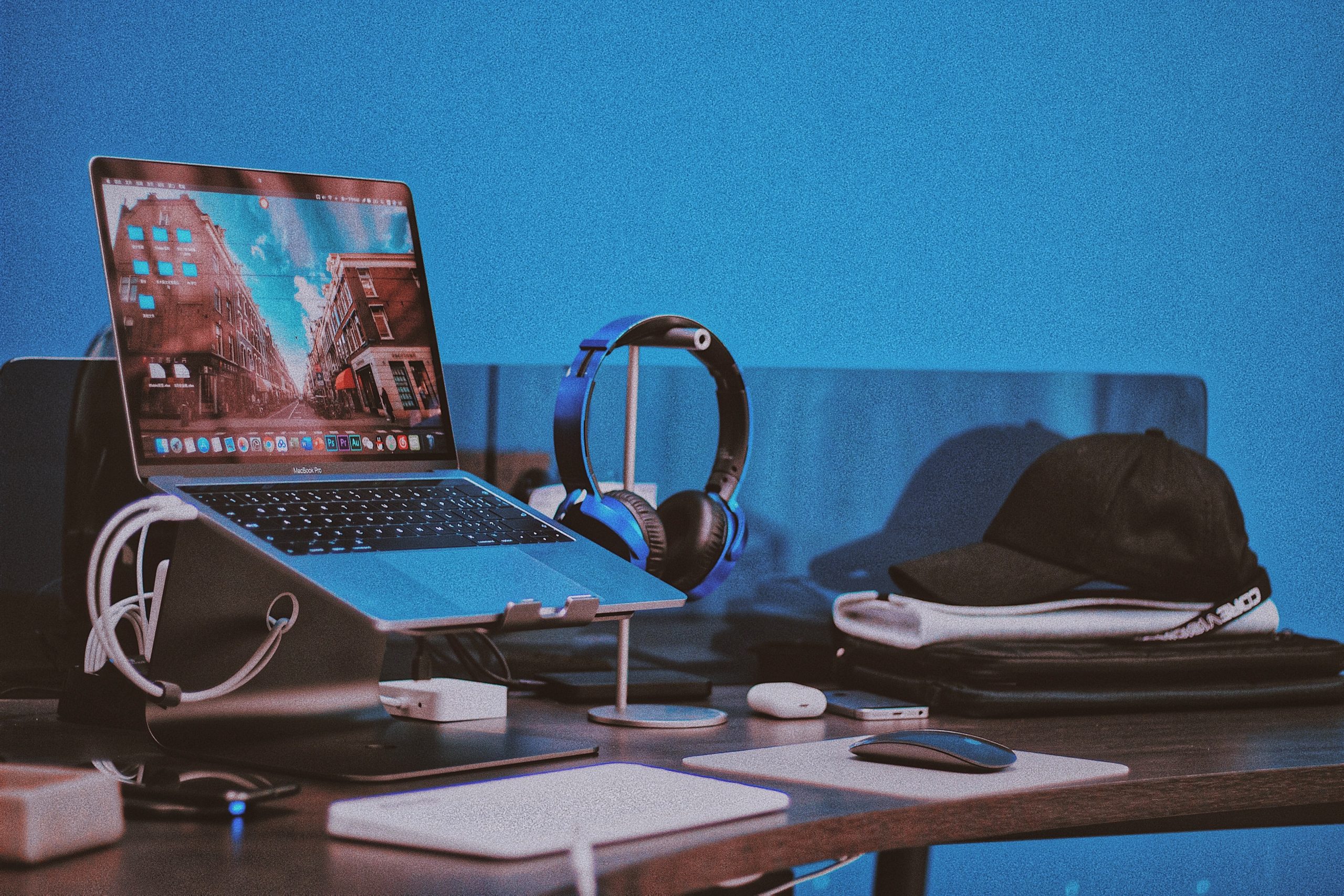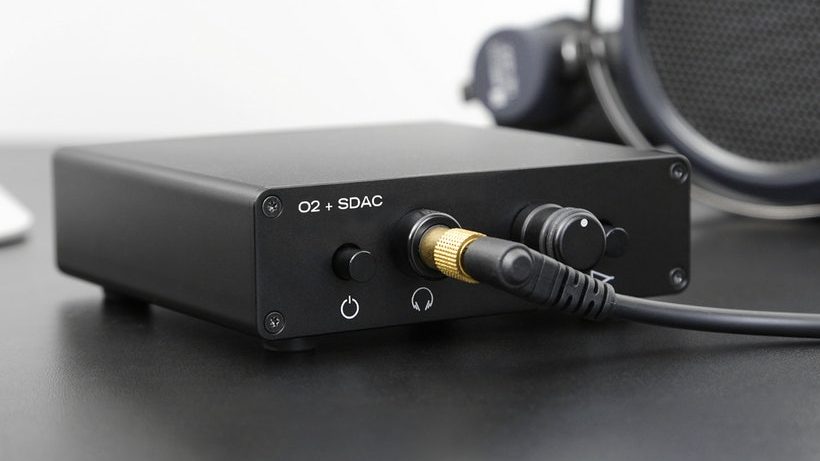All products featured are independently chosen by us. However, SoundGuys may receive a commission on orders placed through its retail links. See our ethics statement.
Troubleshooting DAC issues
Glitches, clicks, crackles, and pops, or no sound at all—digital audio can have its moments. And like many things in life, adding computers to the mix can complicate issues. Before you reach for your credit card (or a hammer), here are some ways you might be able to fix your Digital to Analog Converter (DAC) first.
What to do if there’s no output from your DAC
You’ve connected your digital source to your DAC, and your DAC to an analog output device such as a headphone amplifier and some headphones, or an amp and some speakers, but you’re not hearing anything. Here’s what to check for and what you should try to fix the problem.
- If you’re using a computer as your source, make sure you’ve selected the DAC as a USB output device or selected the computer’s S/PDIF output (depending on how you have it connected) in both the Control Panel (System Preferences) and in your audio playback software. Sometimes restarting the playback application is necessary. Make sure the output isn’t muted.
- Confirm you’ve connected the digital output from your source and that it is functional. A simple way to check if an optical digital output is active is to look for the red light coming out of it.
- If your DAC has multiple inputs, check that it is switched to receive the correct one.
- Try a different optical or coaxial cable. For the purpose of troubleshooting, if you don’t have another 75Ω coaxial cable, you can substitute a regular RCA (phono) interconnect cable.
- Try connecting a different digital source if you have one.
- If you’re using an SACD player as your digital source, be aware that Sony owns the SACD format and mandated that the digital output from an SACD transport must be encrypted (as well as the audio on the disc itself). So it won’t be recognized by your DAC. Not helpful, Sony!
What to do if your DAC keeps disconnecting or is not recognized

If you’re using a USB connection to send audio to your DAC and it does not stay reliably connected or isn’t working consistently, try the following.
Note: this section can also apply to headphones that connect directly to your PC via USB, if you’re having similar troubles.
- Your DAC may be plugged into a low-power USB port. Sometimes, in their infinite wisdom, both Windows and macOS can suspend operation or only allow low power from USB ports. You may be able to solve this by disabling port power management in system settings. Here are instructions for PC users and Mac users. Another simple solution is to add an externally powered USB hub between your computer and your DAC. This will supply ample power to the DAC that the underpowered USB ports just can’t deliver. It’s also a good idea to reserve the hub for the DAC alone.
- Try a different USB port. DACs can have issues with USB 3.0. Since some PCs only house USB 3.0 ports: always keep USB drivers up to date to ensure they are backwards compatible with USB 2.0.
- For desktops, it’s better to connect your DAC to USB ports in the back (directly to the motherboard). Avoid front panel USB ports on the case if possible, since these may be of low quality.
What to do about audible clicks when changing sample rates or pausing playback
Some DACs produce mechanical clicks from inside the case during normal operation. They can employ mechanical switching relays, which click when the digital audio stream is interrupted.
If there is excessive clicking when connected to a PC or Mac, try routing system sounds to the internal speaker or display speaker in your system settings, rather than to the DAC. On PCs, set system sounds to “no sounds.”
What to do if there’s no output at 24-bit, 176.4kHz or 24-bit, 192khz rates

If you want to hear your high-res audio files in all their glory and your DAC isn’t playing along, there are a few caveats to be aware of in this instance specifically.
- Historically, Apple computers haven’t allowed data rates above 24-bit/96kHz from the optical digital output. If you’re using a Mac, that may be as high as you can go with the onboard optical output. To circumvent this, you can use a USB to connect your DAC.
- This is also the case for many PCs: even if the PC claims to produce higher data rates than 24-bit/96kHz from the optical output, the BIOS or drivers may not enable it. Using a USB connection will circumvent this.
- Long optical cables may cause issues with high data rates. In general, you should be using short, high-quality (though not necessarily expensive) cables. For reliable 24-bit/192kHz transfer, short USB 2.0 (or better) or coaxial cable connections are recommended.
How to fix glitches, pops, clicks, cracks, drop-outs, noise, or distorted audio from your DAC

Everything’s connected up and you’re getting a signal, but you’re hearing some unexpected nasty sounds or odd behavior from your system. Here are some suggestions:
- Optical connections or long USB cables may cause issues at higher data rates. Choose USB 2.0 (or above) rated cables that are no longer than 2 meters.
- Older computers, particularly those running old OS may produce glitches or dropouts. This is especially likely if the computer is multitasking. Shut down any unnecessary programs that are sharing resources.
- Some Windows anti-malware and anti-virus software have been known to cause problems such as pops, glitches, and dropouts in the digital audio stream. Try disabling these and using the standard Windows security options in Windows 10 (or earlier), including Firewall and Defender options if needed, since these are designed to work with Windows audio drivers.
- If your source component has its own volume control (all computers will), keep it at or close to the maximum level, and regulate your listening volume with your amplifier (after the DAC). That way you’ll be using the full resolution of the converters, as well as maximizing your signal to noise ratio.
- If you notice interruptions or noise that have a distinct pattern, interference is probably responsible. In that case, look for the source: the most common are cell phones, WLAN devices such as Wi-Fi routers, power supplies, lamps, and computers. Try moving things around and see if interference is the culprit.
- If you’re experiencing ground noise issues, try using just the optical connection (disconnect any other digital inputs), which will isolate the DAC electrically from your source.
What to do if your DAC is still not working right

If you’ve been through this article and you’re not getting any joy, try searching online for the specific model of DAC you have and see there are known issues and solutions.
There’s a possibility you have a defective unit. Contact the vendor and find out how to coordinate a return.
Running into something we haven’t covered? Let us know using the FAQ form below!